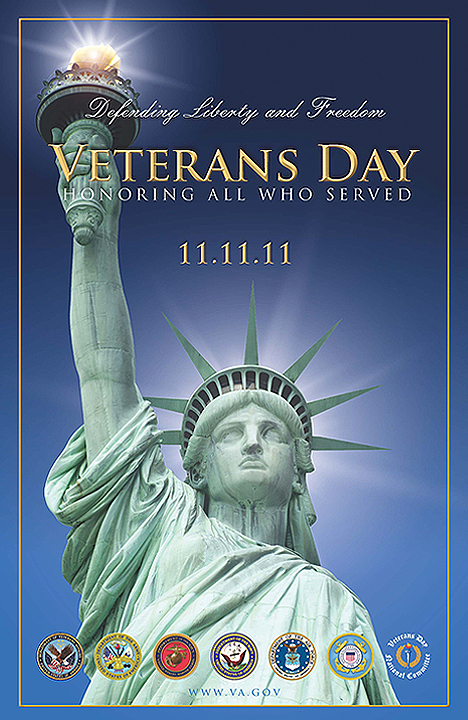I completed the requirements for my KY CCDW license this past weekend. All that's left now is paperwork and waiting. I thought I'd briefly go over what the course covered.
I got really lucky and we did a small class in my living room with a good friends who is an instructor and two other friends as class-mates. Paul had taken the CCDW course years ago and opted not to re-do it with me (Can't blame him for that, it's a little tedious!).

First up we all set our guns down on the table, mags out and chambers open, ammo in the other room. Our instructor, John, checked and flagged them all while we were watching the law video. After introductions and basics all around, we sat down for the two-hour video produced by the Kentucky DOJ, Criminal Justice Training Department. (According to Paul this was a 4-hour video when he took the class!) This was the worst part of the course. Two hours of lawyers reading you the laws. Minimal explanation. John pointed out that they can't explain things as this could be taken as legal advice and they don't want to do that and have it come back on them later. But, the two hour video as pat of the course is the best way to ensure that we have all actually 'read' and are familiar with the laws. Sigh...

After the video things got more interesting. We did the required basic handgun safety, going through the 60 page CCDW handbook. This included parts of the gun, stance, grip, aiming, etc. We also talked about the variety of ways to carry concealed and differences in holster styles. After discussing how to clean weapons and showing that we knew hot to disassemble and put back together our pistols, it was test time. The written test was 25 mutliple choice questions, and really, fairly simple. We all mamanged to get 100%. Woot! Then, off to the range! Range time went just as well as the written test. All 3 of us passed with flying colors. No misses in all 60 rounds.
I'm glad to have taken the course in a relaxed setting with friends, there was lots of chatting, laughter, and jokes. All in all, not a bad way to spend a Saturday, and in 3-5 months after everything is processed, I'll be able to carry concealed. If I so choose. Not that I think I will right now...but the option will be there.
 I hope everyone is enjoying Thanksgiving. I'll be back next week, but for now, I'm enjoying the holiday with my family! In the meantime, check this out:
I hope everyone is enjoying Thanksgiving. I'll be back next week, but for now, I'm enjoying the holiday with my family! In the meantime, check this out: 



























